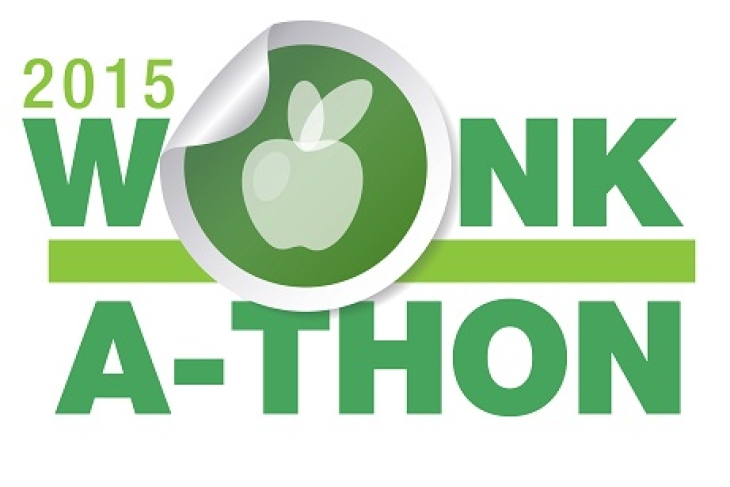
This is the twelfth entry in Fordham’s education savings account Wonkathon. This year, Mike Petrilli challenged a number of prominent scholars, practitioners, and policy analysts to opine on ESAs. Click to read earlier entries from Michael Goldstein, Seth Rau, Matthew Ladner, Jonathan Butcher, Tracey Weinstein, Andy Smarick, Neerav Kingsland, Lindsey M. Burke, Jason Bedrick, Adam Peshek, and Robin Lake.
Private school choice programs have historically targeted students who need extra help, like low-income kids or children with special needs. Nevada’s education savings accounts have gotten a lot of buzz, in part, because they break that tradition. Their availability to nearly all students gives them an unprecedented chance to spur innovation for students who haven’t typically been the focus of school choice advocates.
The providers that emerge to serve these students could look quite different from ordinary schools. Picture micro-schools that meet one day a week for a single subject and share course materials digitally, or traditional private schools that allow students to come in for just an hour or two of classes a day, which they pay for a la carte.
Take advantage of parents as active consumers
It's hard to predict just what all the new options will look like. But the providers will likely be smaller and less cost-intensive than schools as we currently think of them. That means that—in contrast to, say, a new charter school—the cost of a single provider's failure will be relatively small. For this reason, regulators in Nevada should give providers a measure of freedom to experiment and, in some cases, fail.
That said, some kinds of failure should not be tolerated. This will be the first program of its kind. It will be under a microscope. The cost of any failure to protect students' health and safety, or to prevent financial fraud, must be especially high. Regulators might do well to focus on these areas while giving parents the resources to judge providers' academic quality for themselves.
When it comes to ensuring that students are learning, there is an important safeguard built into Nevada's law. Students will be required to take standardized tests, and the results will be reported to the public, allowing them to gauge the program's overall effectiveness. It will be just as important to give parents information to help them determine whether their children are making adequate progress and, to the extent possible, which providers are work best. If students mix and match different providers, it could be difficult to know exactly who deserves credit for their progress.
On this front, parents themselves can help. Those who are drawn to ESA programs tend to be active consumers who crave information. In Florida, parents who participate in the Personal Learning Scholarship Account program have started Facebook pages and informal networks to inform one another about their options, problems with program administration, and the like.
It might make sense for the state program administrators to anticipate this behavior and maximize its usefulness by creating an online forum that can serve as an early-warning system to help catch administrative problems—and give parents a place to compare notes and share information. This could also supplement a Yelp-like provider rating system. Let parents judge provider quality with nuance and granularity that test results and value-added measures can't provide.
Give the market time to develop
In the early going, especially given the scholarship amounts and the fact that participants will be coming from public schools, many of the initial providers might be private schools in the traditional mold.
While it may be important to keep charlatans from beating educators to market, it’s also critical to encourage new and better educators to serve students. Right now, Nevada's ESAs will be funded at about $5,000 for most students, or about $5,700 for those with special needs or from low-income families. At those amounts, it’s possible that many students simply will use the accounts to subsidize private school tuition.
It will likely take time for new providers—ones that don't simply look like traditional schools—to emerge. Even in Florida's fourteen-year-old tax credit scholarship program, some schools have just begun to participate, with more joining each year. And the number of parents applying for scholarships has never been higher. As more parents hear about the program, more providers will emerge to serve them. They will then begin to market themselves and attract more parents.
To help start this kind of virtuous cycle, it might make sense to devote more resources to certain groups of students—consider those with special needs (Florida's special needs ESA provides parents at least $10,000) or those from low-income families (Nevada's new means-tested tax credit scholarship will give low- and middle-income students up to $7,775 to pay for school tuition alone).
As states enact education savings accounts with different funding amounts and different eligibility criteria, it will be worth looking at the variation among them to see which mix truly enables parents to better meet the educational needs of their children.
Travis Pillow is editor of redefinED. Follow him on Twitter @travispillow.
